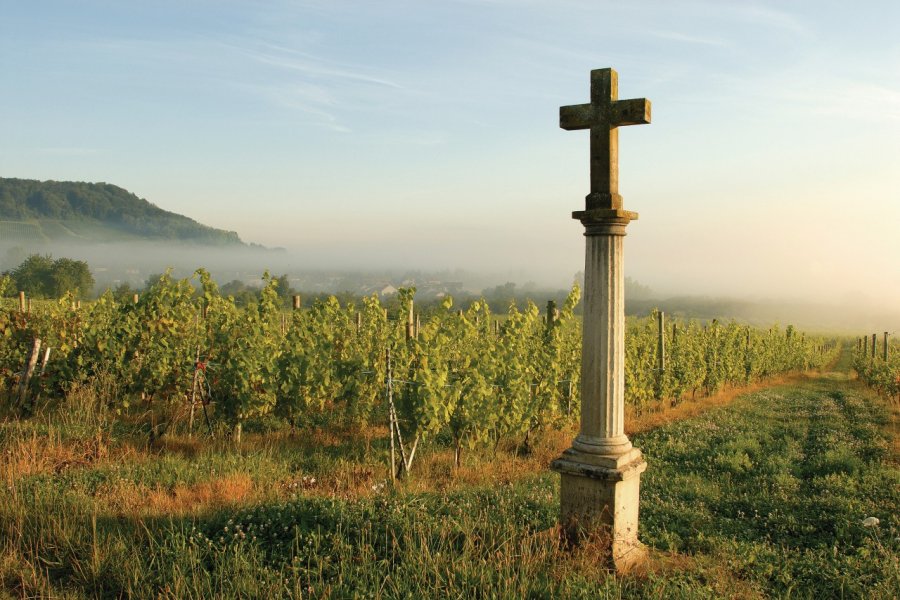
In Urbe exhibition: another strasbourg
Recommended , the 07/03/2024 by Noémie GAST
From 03/22/2024 to 04/20/2024 : Malagacha Gallery in Strasbourg launches the exhibition bringing together three of Malacacha's key artists around a common theme: "Another ...










